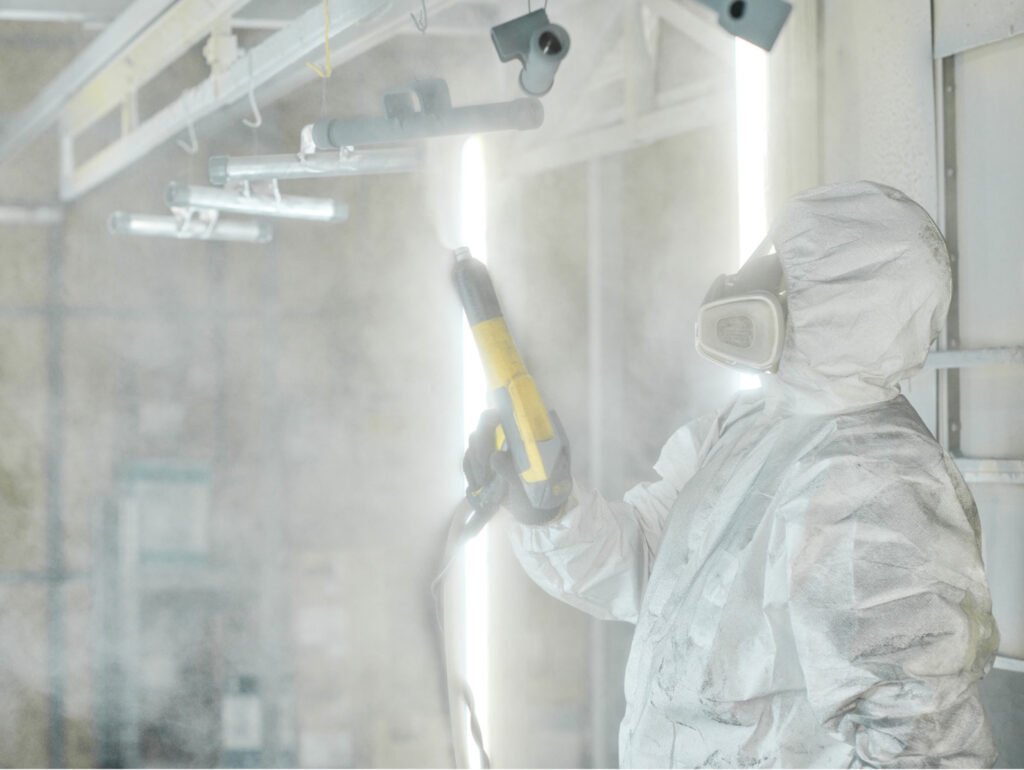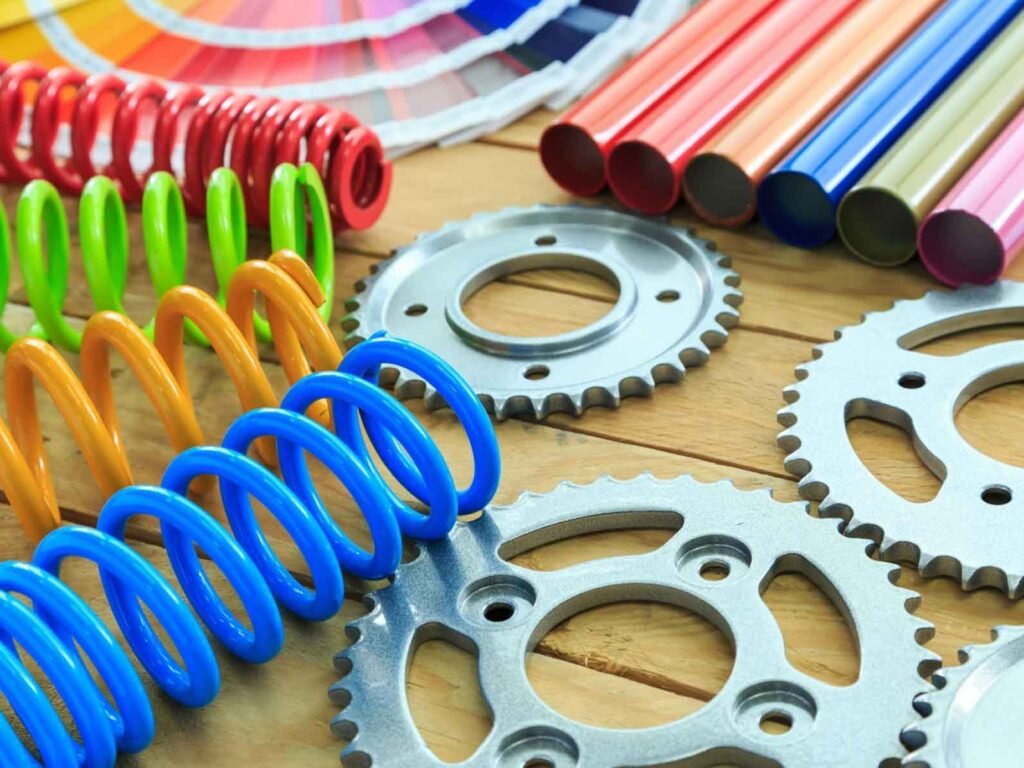Surface adjustment is a crucial step that prepares metal workpieces for better phosphating. Before phosphating, physical and chemical adsorption methods are used to alter the microstructure of the metal surface. This process ensures that during phosphating, the metal workpiece forms a fine, uniform, and dense phosphate coating.
So, what are the key methods and techniques involved in surface adjustment? Let’s explore them in detail.
The Role of Surface Adjustment
- Uniform Surface Activity:
- Surface adjustment addresses defects like uneven corrosion caused by strong alkaline degreasing or acid rust removal.
- It counteracts the roughening effects of strong acids or bases, making the workpiece surface uniformly active.
- Accelerated Phosphate Formation:
- By increasing active sites on the surface, surface adjustment provides more nucleation points for phosphate crystals.
- This accelerates the initial formation of the phosphate coating, reducing the overall phosphating time.
- Fine Crystalline Structure:
- The fine crystalline nuclei formed prevent the development of large crystals.
- This results in a phosphate coating that bonds firmly to the workpiece surface, enhancing corrosion resistance.
- Prevention of Ferric Phosphate Blue Films:
- Active sites help prevent the formation of ferric phosphate blue films.
- This reduces the consumption of the phosphating solution and minimizes sediment formation, improving the appearance of the phosphate coating.
- Enhanced Coating Performance:
- Improved phosphate layer performance leads to a powder-coated film with better appearance, adhesion, and corrosion resistance.
Methods of Surface Adjustment
In practical production, surface adjustment is often carried out as an independent process at working temperatures below 50°C and with low concentrations (0.1%~0.5%). There are several methods used for surface adjustment:
- Independent Process:
- Surface adjustment is performed separately, typically with a dedicated bath.
- Two-in-One Method:
- Some processes combine surface adjustment with degreasing by adding the surface adjustment agent directly to the degreasing solution.
- Direct Addition to Phosphating Bath:
- In some cases, the surface adjustment agent is added directly to the phosphating bath.
After surface adjustment, workpieces typically proceed to phosphating without an intermediate rinsing step. However, in certain cases, such as when oxalic acid is used as a surface adjustment agent, the workpiece must be rinsed before phosphating.
Types of Surface Adjustment Agents
Surface adjustment agents come in various types, and they can be broadly categorized based on their composition into the following six groups:
- Titanium-Based Surface Adjustment Agents:
- Composed mainly of colloidal titanium phosphate, alkali metal salts, and stabilizers.
- Titanium and Magnesium-Based Surface Adjustment Agents:
- Consist of colloidal titanium phosphate, magnesium sulfate, and pyrophosphates. Magnesium salts are added to prevent passivation of the workpiece by phosphate ions.
- Titanium and Iron-Based Surface Adjustment Agents:
- Made from colloidal titanium phosphate, ferric chloride, and carbonates. A small amount of iron salts can enhance the efficiency of titanium activation.
- Titanium and Borax-Based Surface Adjustment Agents:
- Comprised of colloidal titanium phosphate and borax. The addition of borax helps refine the crystalline structure of the phosphate coating.
- Manganese-Based Surface Adjustment Agents:
- Contain manganese salts, phosphates, alkali metal polyphosphates, and water-soluble polymers.
- Oxalic Acid-Based Surface Adjustment Agents:
- Include oxalic acid, surfactants, and chelating agents. Sometimes, oxalic acid is used alone as a surface adjustment agent, and it requires rinsing before phosphating.
Conclusion
Surface adjustment is essential for a strong, uniform phosphate coating, which directly improves the quality of powder coating. Ready to optimize your coating process? Contact us today for the best solutions!





